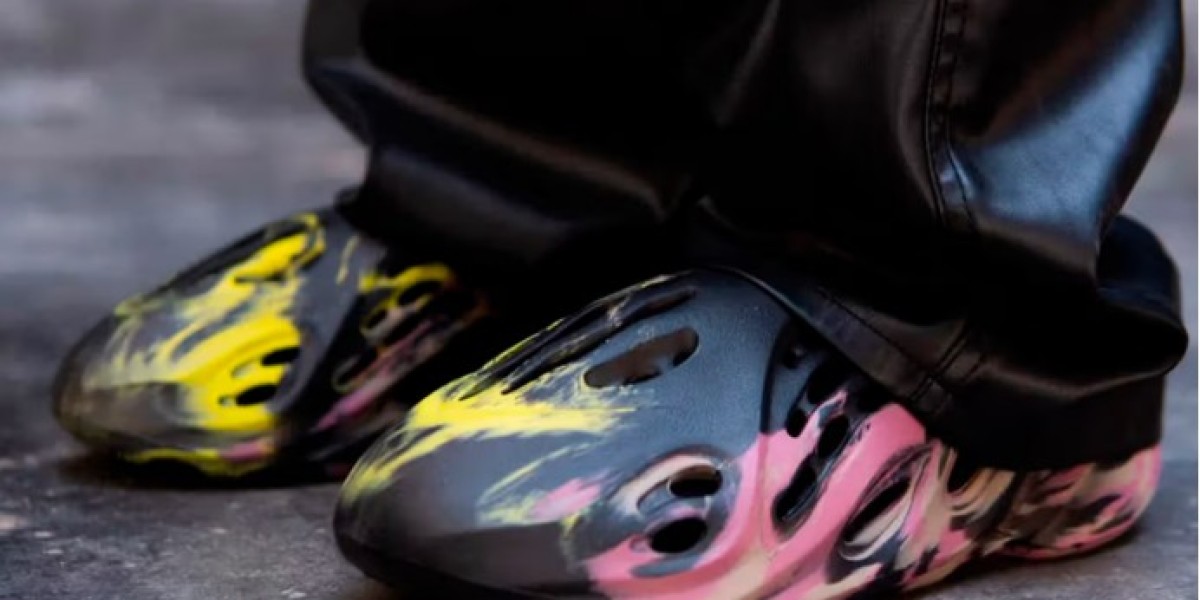Roots in the Vine
The origins of Champagne are as effervescent as the drink itself. It begins in an ancient region of France, where monks toiled in stone-clad monasteries amidst vine-laden landscapes. Among them was a monk named Dom Pérignon, whose name would become synonymous with the magic elixir of Champagne. Legend has it that upon discovering the method to produce this sparkling wine, he exclaimed, "Come quickly, I am tasting the stars!" This moment, perhaps apocryphal yet enchanting, marks the birth of Champagne as we know it.
The true essence of Champagne's story, however, lies in the artistry of its creation. The méthode champenoise, a rigorous and refined process that Dom Pérignon and his successors honed, involves a precise fermentation that causes the wine to sparkle. The grapes, predominantly Pinot Noir, Chardonnay, and Pinot Meunier, are harvested from the vineyards when just ripe, ensuring high acidity needed for the base wine.
The Dance of the Vines
Each year, as autumn casts golden hues over Champagne, the vineyards become scenes of frenetic yet orchestrated activity. Harvesters traverse the rows of vines, selecting grapes that have soaked up the essence of terroir—a French term that encapsulates the geography, geology, and climate of the region, all of which imbue the grapes with their unique character.
Following the harvest, the grapes are pressed and the juice is fermented into wine. Yet, it is not until the blend—or cuvée—is perfected that the true artistry begins. The wine undergoes a secondary fermentation in the bottle, sealed with a crown cap. In the cool, shadowed cellars beneath the earth, each bottle of Champagne starts to effervesce as sugar and yeast conjure the tiny bubbles that define it.
A Symphony of Flavors
Aging in the cellars, the Champagne's flavors mature, a slow dance that can last years. The winemakers, with their skilled palates, taste and blend wines from different years to achieve the perfect balance of depth and complexity. This process, known as assemblage, is an art form, passed down through generations of vignerons who guard their secrets and techniques as family heirlooms.
As the Champagne matures, the yeast cells die and settle, forming a sediment known as lees. The presence of lees is crucial, as it contributes to the Champagne’s flavor and creamy texture. The bottles are then placed in racks, where they are periodically turned and tilted, a process called riddling, which helps collect the lees in the neck of the bottle.
The Ritual of Rémuage and Disgorgement
The ritual of disgorgement follows riddling. Here, the neck of the bottle, containing the lees, is frozen, and the cap is removed. The pressure within the bottle forces out the ice plug, leaving behind clear, sparkling Champagne. The final step is the addition of a dosage—a mixture of wine and sugar that determines the Champagne's sweetness level—before the bottle is finally sealed with the iconic cork and wire cage.
A Celebration of Life
Today, Champagne is not merely a drink but a symbol of celebration and joy. From the royal courts of France to the grandest New Year's parties, it has toasted victories, marked milestones, and whispered love in countless ears. Its allure lies not only in its effervescent spirit but in its story—a journey of meticulous craftsmanship, a testament to the harmony between human and nature.
In the heart of Champagne slot, where the vines still capture the French sun and the cellars hold secrets of centuries, the spirit of Dom Pérignon lives on. Each bottle of Champagne is a time capsule, a burst of history, and a sip of the stars. As each cork is popped, the legacy of Champagne continues, an enchanted vintage that dances gracefully through the ages, forever capturing the essence of celebration and the artistry of its creation.








